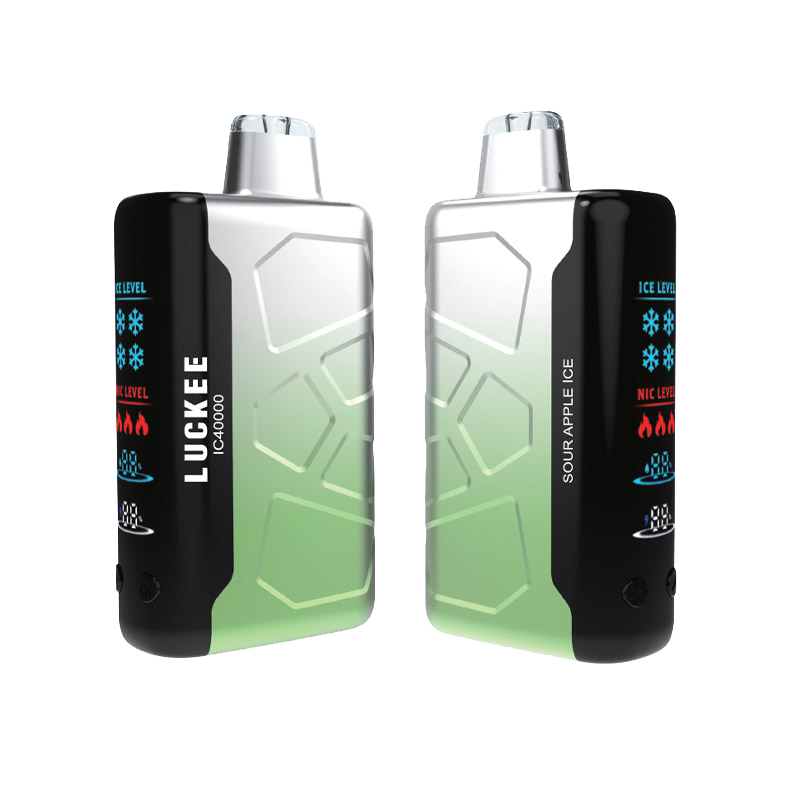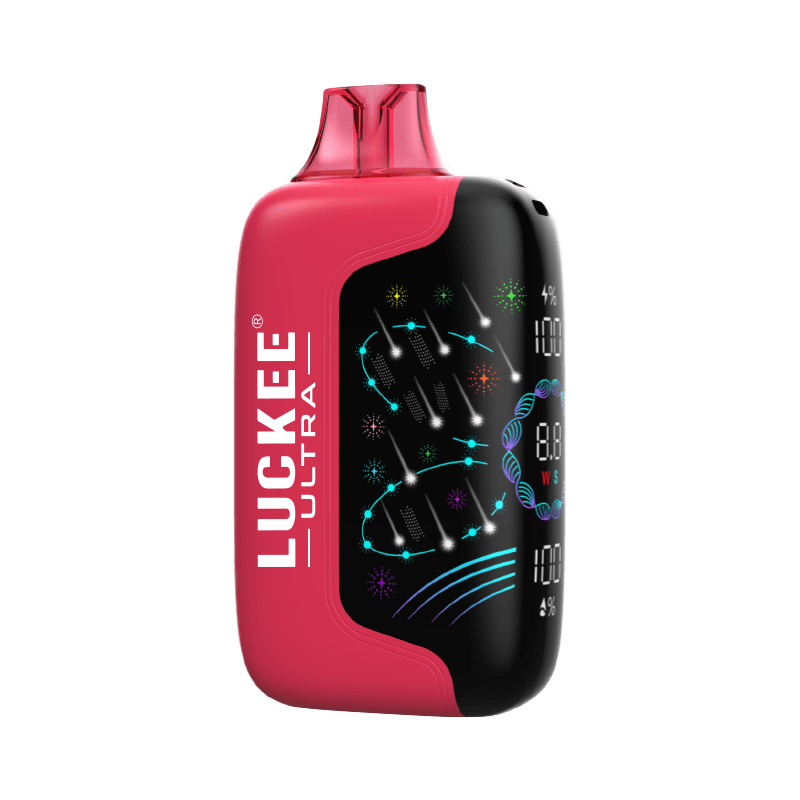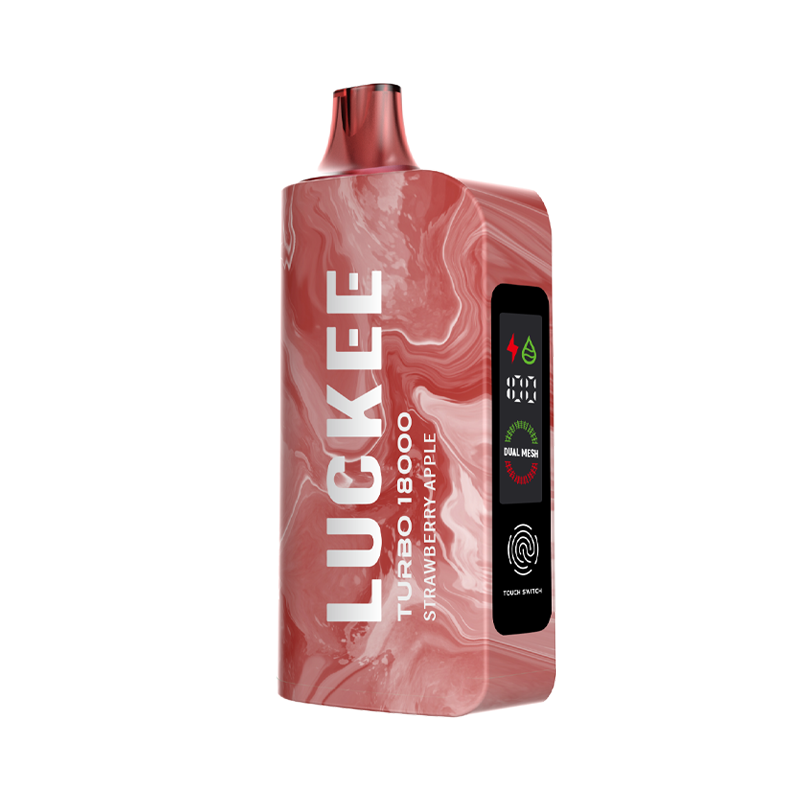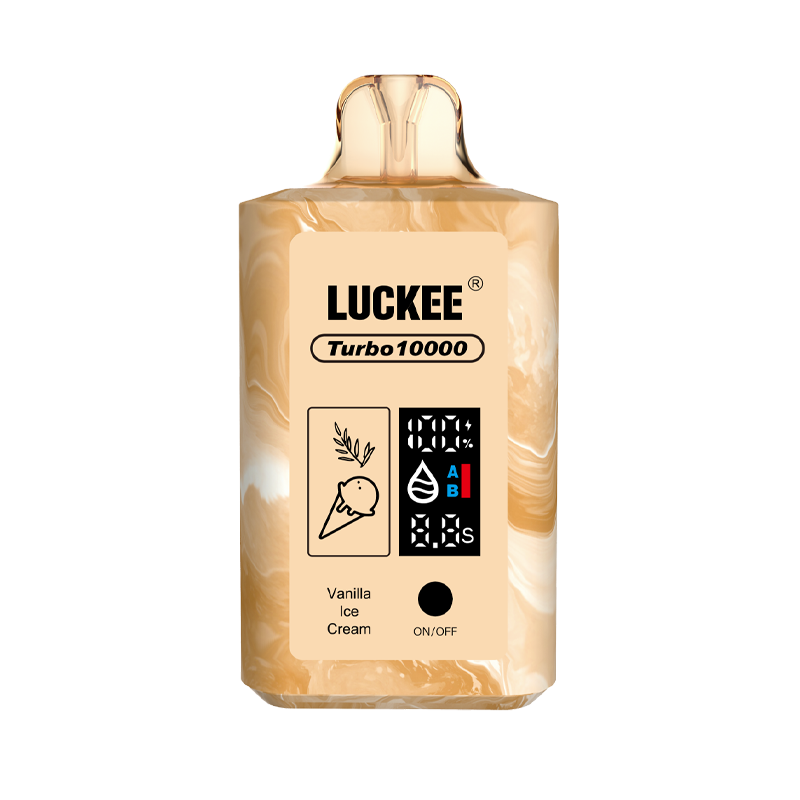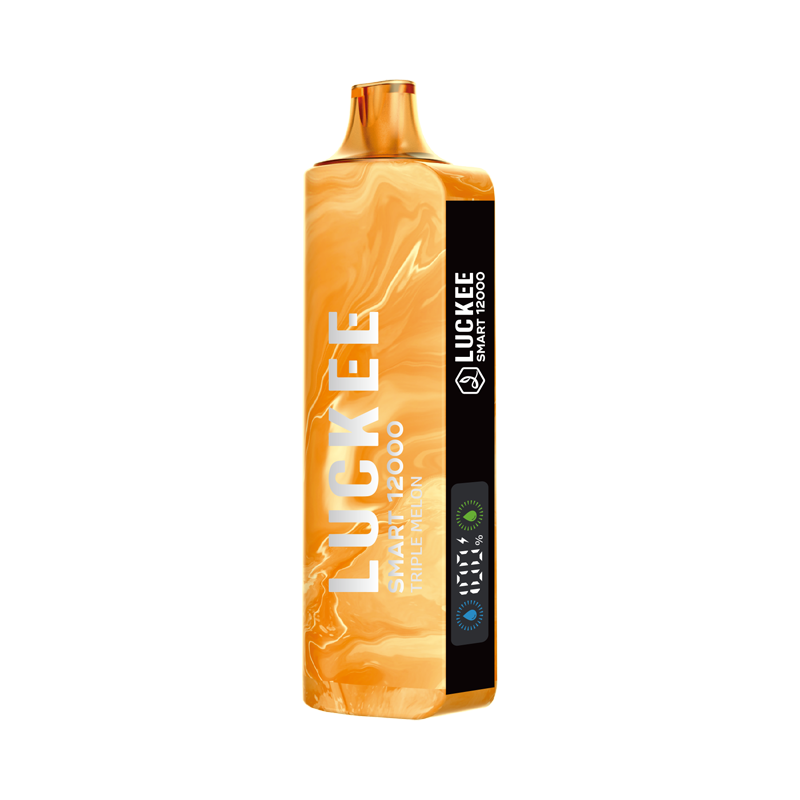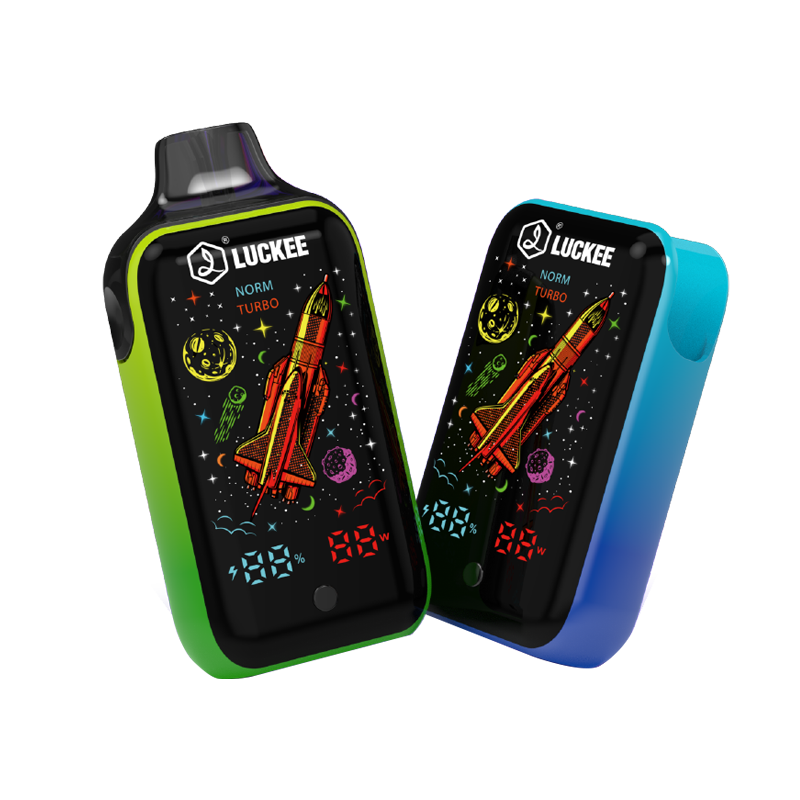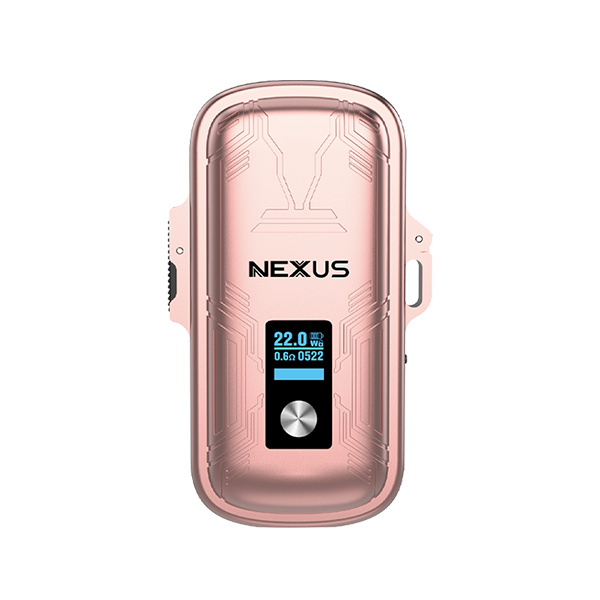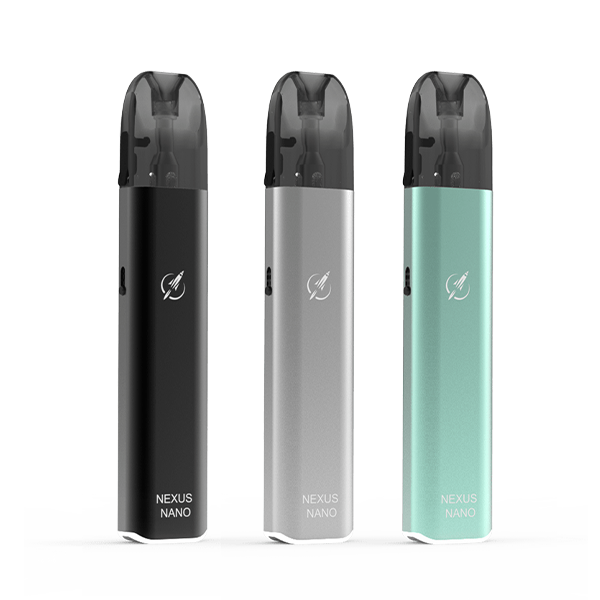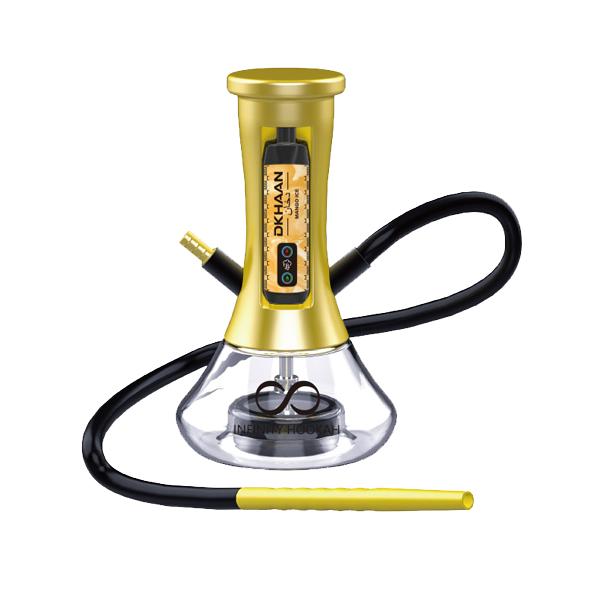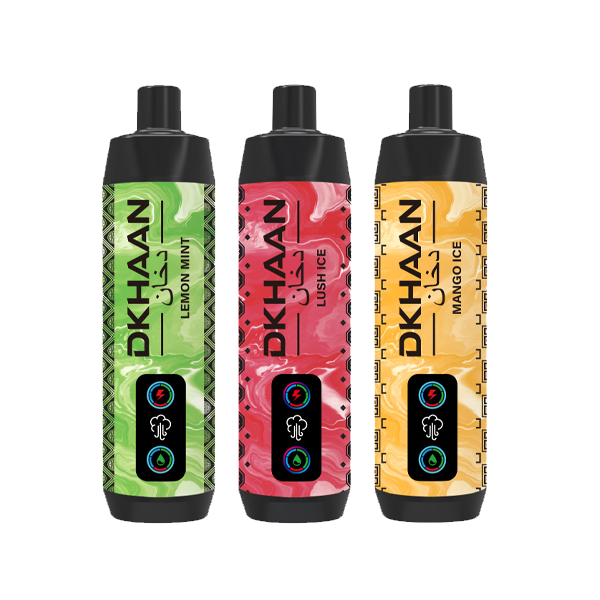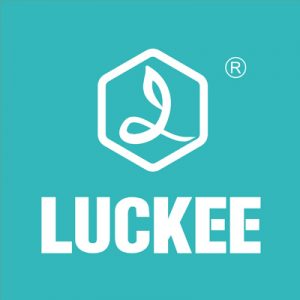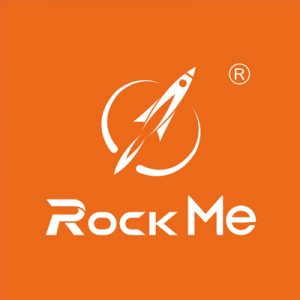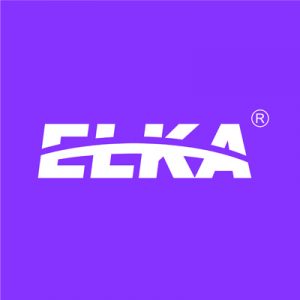As global authorities tighten regulations on vaping, the debate around nicotine strength limits has come to the forefront. From Europe’s TPD to America’s PMTA, caps on nicotine content are changing not just how companies do business, but also how vapers and smokers satisfy their cravings.
Understanding Nicotine Strength Limits Around the World
1. The EU TPD: Major Shifts for Vaping
Under the EU’s Tobacco Products Directive (TPD), e-liquids are restricted to a maximum nicotine strength of 20mg/mL. The aim? To reduce nicotine-related harm. This ceiling forced many high-strength options off the shelves, and users who preferred those levels have had to adjust. On top of that, TPD rules require child-resistant bottles and cap e-liquid sizes at 10mL, adding more hurdles for both brands and consumers.

2. The U.S. PMTA: Raising the Bar for Market Access
In the United States, the FDA’s PMTA process demands thorough safety reviews—including for nicotine levels—before products can reach consumers. The application is expensive and complex, pushing many small businesses out of the running. Countless popular products have vanished as a result, and flavored e-liquids, especially those attracting young users, face increasing scrutiny.
3. Other Regions: Diverse Rules and Contrasts
Elsewhere, countries like China and Australia have imposed their own nicotine limits. Australia’s approach is among the strictest, making nicotine e-liquids prescription-only. Meanwhile, the UK—though governed by TPD—actively promotes vaping as a way to help people quit smoking. These different strategies show just how varied global regulation can be.
The Ripple Effect: How Nicotine Caps Affect the Vape Industry
1. Product Innovation: New Solutions for Lower Nicotine
Faced with stricter limits, vape brands have pivoted. They now offer more low-nicotine e-liquids and use nicotine salt formulations to give a smooth, satisfying experience at lower strengths. Nicotine salts have soared in popularity for making it easier to transition away from high-nicotine habits. In addition, companies are branching into alternatives like CBD and botanical blends, providing options for those seeking a nicotine-free experience.
2. Market Changes: The Challenge for Smaller Players
These rules have driven up compliance costs, pricing out many smaller manufacturers. For example, in the U.S., a single PMTA application can run over $100,000 per product—a huge hurdle for small brands. As a result, large companies with big budgets now dominate, narrowing competition and the variety of products available.
3. Changing User Behaviors
As high-nicotine options disappear, vapers have adapted by choosing lower-strength e-liquids. Some have made the switch easily, especially thanks to nicotine salts. Others, though, struggle to find satisfaction and may even return to smoking or seek products from unregulated sources—sometimes putting their health at greater risk.
Navigating the Rules: How Users Can Adapt
1. Making the Most of Low-Nicotine E-Liquids
Switching to lower nicotine doesn’t have to mean less satisfaction. Nicotine salt e-liquids, which deliver nicotine more quickly and smoothly, can help replicate the feel of smoking. Trying new flavors can also make the transition enjoyable, offering new sensory experiences as you adjust.
2. Device Adjustments for a Better Experience
If you’re vaping low-nicotine juice, consider upgrading your device. Sub-ohm mods and mesh coils can increase vapor and flavor intensity, helping compensate for the reduced nicotine. Tweaking wattage and airflow settings can also enhance your satisfaction.
3. Exploring Nicotine Alternatives
Those ready to quit nicotine entirely can turn to NRTs like patches, gum, or inhalers—proven tools for gradually cutting down. Others might experiment with CBD or herbal vapes for a completely nicotine-free experience, providing relaxation without addiction.
What’s Next? The Future of Vaping in a Regulated World
1. Technology-Driven Alternatives
With the regulatory spotlight on nicotine, the industry is innovating. New products like plant-based alkaloids (such as cytisine) and heat-not-burn tobacco aim to provide safer, satisfying alternatives. Companies are also investing in e-liquids that mimic the sensation of nicotine with fewer health risks.
2. The Rise of Big Brands
Increasing compliance costs are pushing the market toward consolidation. Large manufacturers with the resources to meet regulations dominate the mainstream, while smaller brands focus on niche audiences or specialty products. This trend can limit consumer options, but it’s also encouraging innovation from agile startups.
3. Educating Consumers
With so many changes, education is crucial. Companies and advocacy groups are now prioritizing transparency—sharing details about product ingredients, safety, and harm-reduction. Informed consumers are more empowered to make choices that support their health.
Conclusion
Nicotine strength limits are reshaping the vape industry landscape, driving innovation, and shifting how consumers and companies approach vaping. By staying informed and adapting—whether by exploring new devices, trying lower-nicotine options, or seeking alternative products—users can navigate these changes and make healthier, more satisfying choices in a rapidly evolving industry.

